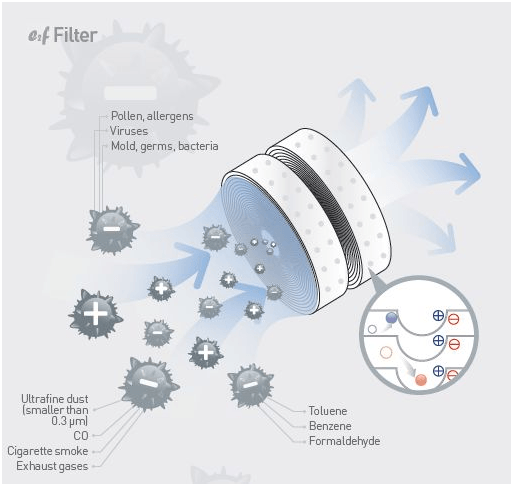Discover Exactly How To Optimize The Performance And Life Expectancy Of Your Heatpump System By Avoiding Typical Installment Errors
Discover Exactly How To Optimize The Performance And Life Expectancy Of Your Heatpump System By Avoiding Typical Installment Errors
Blog Article
Article Created By-Harper Crosby
When installing a heat pump, you must steer clear of typical blunders that can threaten its efficiency. Ignoring appropriate sizing might bring about ineffectiveness and greater utility expenses. Ignoring insulation and sealing could cause energy waste and pressure on the unit. Additionally, placing the outdoor device improperly may influence its performance. By avoiding these mistakes, you can make sure ideal operating and longevity of your heatpump system.
Improper Sizing of Heat Pump
When it involves the setup of heatpump, among the most usual errors is incorrectly sizing the system for your area. Making certain the best dimension is important for optimum efficiency. If the heatpump is as well small, it will battle to warm or cool your area successfully, resulting in boosted power bills and possible deterioration on the system.
On the other hand, if the heat pump is as well huge, it will cycle on and off often, creating temperature level fluctuations and reducing its life expectancy.
To prevent this error, it's necessary to have an expert analyze your space and suggest the suitable dimension of the heat pump based upon factors like square footage, insulation, ceiling height, and local environment. By spending the time and effort to make sure the appropriate sizing, you can enjoy a comfy setting while taking full advantage of power effectiveness and prolonging the life-span of your heatpump.
Inadequate Insulation and Sealing
To make sure the efficient operation of your heat pump, it's vital to attend to insufficient insulation and securing in your area. Proper insulation aids keep a regular temperature indoors, reducing the workload on your heatpump. Inadequate insulation can bring about energy loss, making your heatpump work harder and less effectively.
Sealing any type of gaps or leaks in your room is similarly important. These gaps permit conditioned air to escape and exterior air to permeate in, requiring your heat pump to compensate for the temperature level fluctuations.
Inaccurate Placement of Outdoor Unit
Attending to the positioning of your heatpump's outdoor unit is crucial to enhancing its efficiency. Setting up the outside device in an inaccurate location can result in efficiency concerns and possible damage to the device.
One common mistake to stay clear of is placing the outside unit too close to a wall surface or other structures. This can limit airflow, creating the unit to work harder to warm or cool your area, inevitably decreasing its effectiveness and life-span.
An additional mistake to stay away from is placing the outdoor device in direct sunlight. While https://average-cost-to-replace-a22211.blogsvila.com/31320507/streamline-your-heatpump-installation-by-following-this-total-list is unavoidable, excessive exposure can result in getting too hot, specifically during hot summer days. https://www.achrnews.com/articles/144090-hvac-contractors-should-make-the-most-of-furnace-season to place the exterior unit in a shaded location to assist preserve its optimal operating temperature level.
Moreover, ensure that the outdoor device is positioned on a steady and level surface. Irregular ground can trigger vibrations and unnecessary pressure on the system, affecting its performance in time.
https://best-hvac-installer-near88876.atualblog.com/37338986/a-comprehensive-overview-to-selecting-the-appropriate-heat-pump-dimension-for-your-home
To conclude, avoiding typical errors throughout heat pump installation is important for taking full advantage of effectiveness and durability of your system. By ensuring correct sizing, appropriate insulation, sealing, and appropriate placement of the exterior system, you can prevent problems such as inadequacies, increased energy bills, and strain on the device. Taking the time to attend to these key factors will ultimately conserve you time and money over time.
